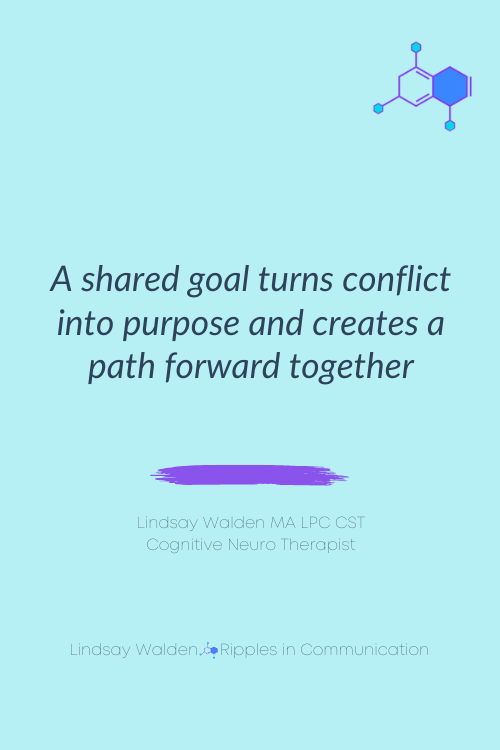The Power of Working Together in Relationships
In healthy relationships, it’s important to remember that you and your partner are on the same team. The CNT Same Team Exercise Tool, part of the CNT Toolkit Sampler, is designed to help couples collaborate toward shared goals, fostering unity, understanding, and deeper connection.
In this blog post, we’ll explore the importance of teamwork in relationships, provide a step-by-step guide to using the Same Team Exercise Tool, and share actionable tips for applying its principles in daily life.
BEFORE YOU DIG IN….
Have you grabbed your FREE CNT Toolkit Sampler yet? It’s packed with science-backed tools designed to help you regulate emotions, manage stress, and develop deep self-awareness. If you’ve ever felt overwhelmed by your reactions or stuck in negative thought patterns, this toolkit will give you the proven strategies I use with clients to help them strengthen emotional neutrality, rewire unhelpful responses, and build lasting resilience. Inside, you’ll find practical exercises and guided reflections to help you navigate challenges with clarity and confidence. Enter your email below, and I’ll send it straight to your inbox!
Reasons Working as a Team Matters
Seeing your relationship as a partnership helps:
Collaboration: Align your efforts toward shared goals instead of focusing on differences.
Reduce Conflict: Shifts the mindset from “me vs. you” to “us vs. the problem.”
Build Trust: Demonstrates mutual support and shared commitment to the relationship’s success.
The Neuroscience Behind It: Studies on relationship satisfaction highlight the importance of mutual problem-solving and shared goals in long-term happiness.
How to Use the CNT Same Team Exercise Tool
Identify a Shared Goal
Sit together and discuss a goal you both want to achieve (e.g., better communication, financial stability, or more quality time).
Brainstorm Individual Contributions
Each partner identifies one action they can take to support the shared goal.
Example: For better communication, one partner might commit to active listening while the other works on expressing feelings openly.
List Ways to Support Each Other
Write down specific ways you’ll work together, such as scheduling regular check-ins or celebrating small wins.
Reflect on the Experience
Journaling Prompt: “How does being on the same team shift my perspective about our relationship?”
Real-Life Example: How the Same Team Exercise Helped Sarah and John Reconnect
Scenario: Cindy and John struggled to balance work and family responsibilities, leading to frequent arguments.
Practice: They identified a shared goal of spending more quality time as a family. Cindy committed to planning weekly family dinners, while John agreed to reduce overtime hours on weekends.
Outcome: By working together, they not only achieved their goal but also strengthened their emotional bond.
Tips for Making the Same Team Mindset a Habit
Celebrate Small Wins: Acknowledge and appreciate each other’s contributions regularly.
Revisit Goals Periodically: Check in on your progress and adjust your plans as needed.
Focus on Solutions, Not Blame: Approach challenges with curiosity and collaboration instead of assigning fault, blame and shame!
3 Benefits of the Same Team Exercise Tool
Enhanced Unity
Encourages a partnership mindset, and helps develop mutual support.
Improved Problem-Solving
Aligning efforts reduces tension and promotes constructive solutions.
Stronger Emotional Connection
Working toward shared goals builds trust and intimacy.
Build a Stronger Team in Your Relationship
The CNT Same Team Exercise Tool is a powerful way to shift your perspective and strengthen your relationship through collaboration and shared goals. By practicing this mindset, you’ll create a foundation of trust, support, and mutual growth.
Download the CNT Toolkit Sampler now to start using the Same Team Exercise Tool and transform your relationship today.







